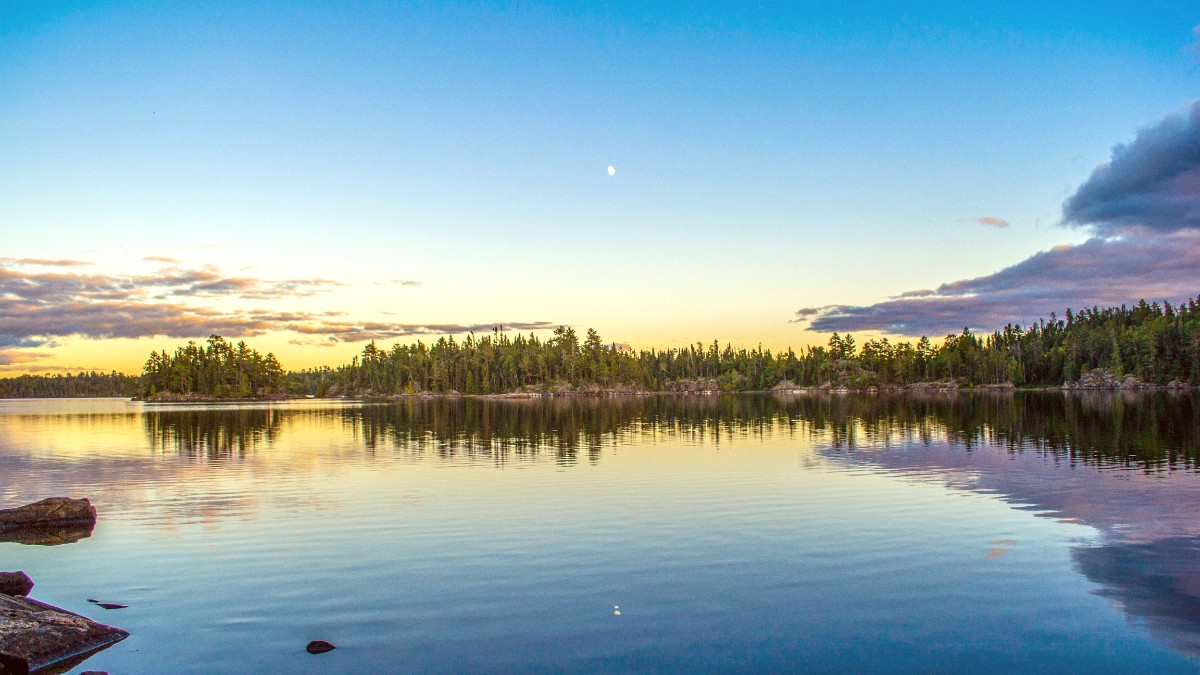
Minnesota, USA
No comprehensive public transit systems operate in Ely, Grand Marais, Tower, or the other small communities that serve as entry points to the BWCAW. These towns are small and designed for car travel, walking, or cycling. The remoteness of the region means public services are not economically viable for wide-scale transportation.
No formal route maps or public transportation hubs exist for the BWCAW or its immediate vicinity. No ticketing systems or fare options apply to public transit in this region, due to its absence.
Gateway towns offer more accessible facilities, but local transportation outside the wilderness largely relies on private vehicles.
Traditional licensed taxis and ride-sharing services (Uber, Lyft) are generally not available in small gateway towns or wilderness entry points.
Pre-arranged shuttle services from outfitters are a cost-effective and reliable alternative for airport transfers and reaching entry points.
Standard Minnesota driving laws apply.
Paved to gateway towns, gravel/dirt to many entry points. Generally maintained.
Designated parking areas at all BWCAW entry points. Often a fee or permit applies.
Many outfitters offer secure long-term parking at their facilities for a fee.
While walking and cycling are common activities, their application within and around the BWCAW is specific.
These services are not available for direct access to the BWCAW. The nature of the wilderness and its remote entry points does not support such operations.
No cable cars, funiculars, or other unique local transport systems exist in the Boundary Waters region. The focus remains on self-propelled or limited motorized travel.
As noted, the BWCAW presents significant challenges for mobility-impaired travelers due to its rugged, undeveloped nature. Some state parks or areas adjacent to the BWCAW may offer accessible amenities.
Seaplanes are permitted only to a few designated entry points within the BWCAW, mainly on Basswood Lake. This is a very niche form of transport, often used by those seeking very quick access or for specific guided fishing trips.
Boat taxis or water transportation services are not widely available for direct access from populated areas. Canoe is the dominant form of water transport within the wilderness.
If you are on a limited schedule, a tow service on large lakes helps you reach more remote areas quicker, maximizing your wilderness time. These services typically apply to large, named boundary lakes.
Planning your journey to and from the region centers on private vehicle transport or pre-arranged shuttles to entry points.